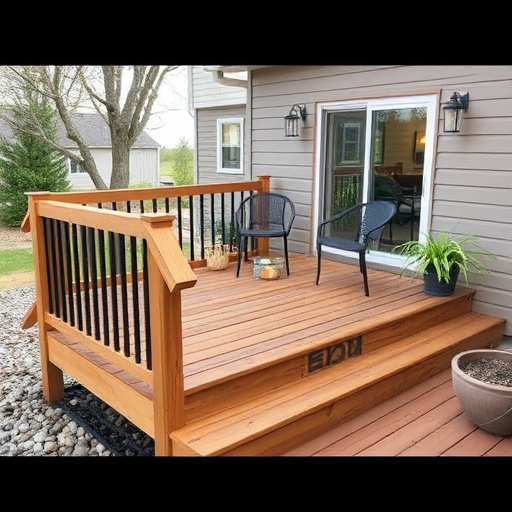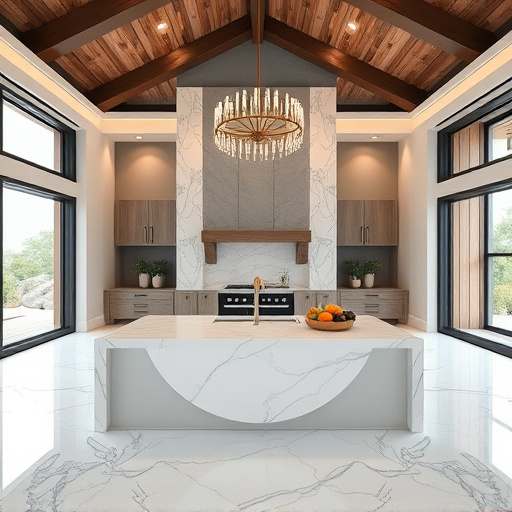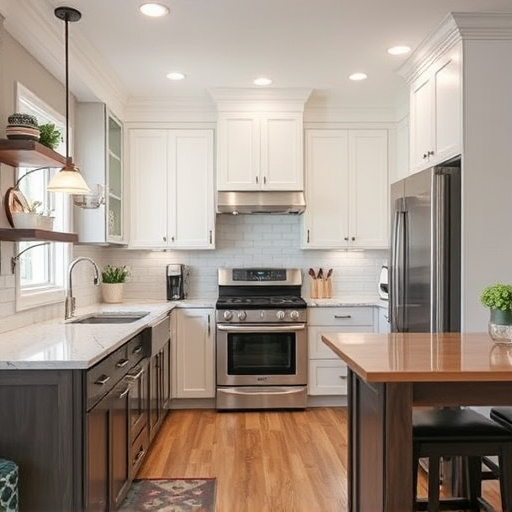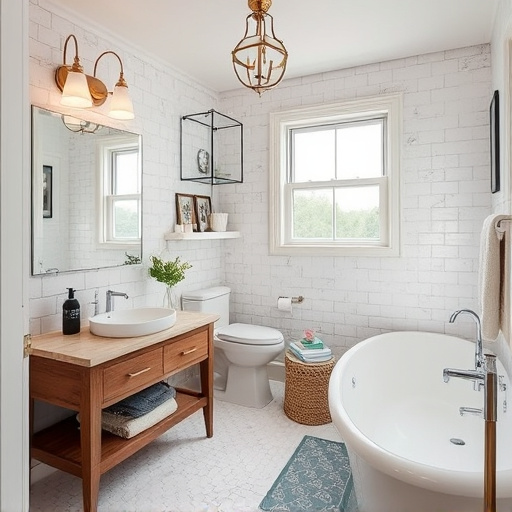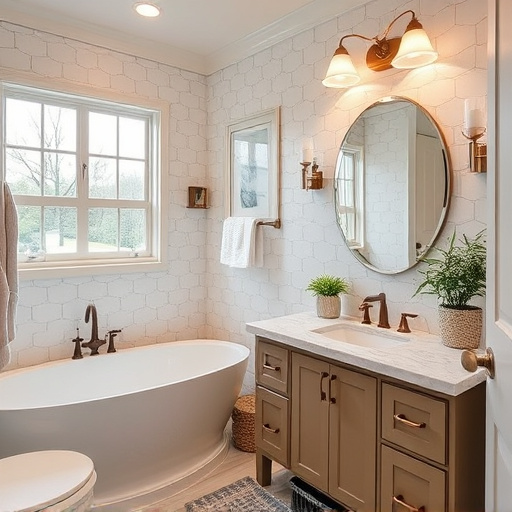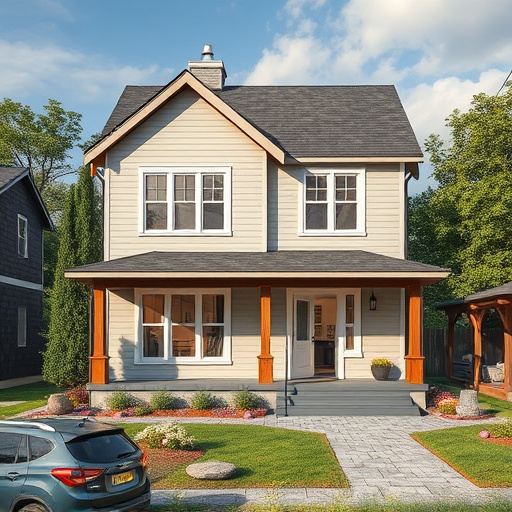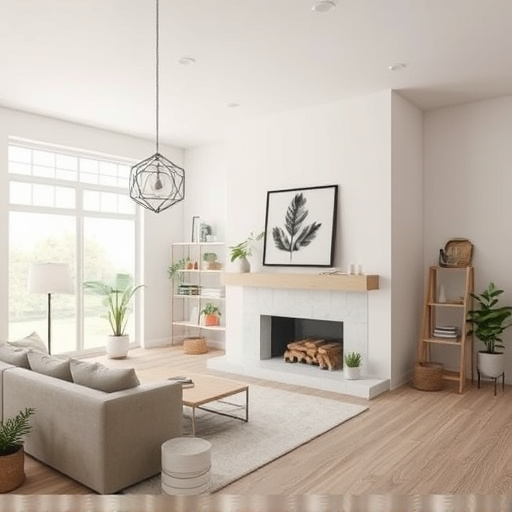Successful interior designers start with understanding client visions and needs through comprehensive consultations. They use diverse resources for inspiration and integrate aesthetic preferences with functionality. Initial planning involves meticulous research, creating precise plans, mood boards, proposals detailing design concepts, timelines, and budgets. This strategic approach ensures smooth transitions from concept to completion, delivering transformations aligned with clients' aspirations.
In today’s competitive market, successful interior designers must streamline their processes to meet client expectations. This article explores the modern approach adopted by leading professionals, focusing on three key stages. First, understanding the client’s vision and needs is paramount. Second, thorough research and inspiration curation ensure designs are both on-trend and tailored. Lastly, a comprehensive design plan and proposal seal the deal, transforming concepts into reality. Embrace these strategies to elevate your interior design practice and better serve clients.
- Understanding the Client's Vision and Needs
- Researching and Curating Design Inspiration
- Creating a Comprehensive Design Plan and Proposal
Understanding the Client's Vision and Needs

The foundation of any successful project lies in a profound understanding of the client’s vision and needs. Today, top interior designers employ sophisticated methods to gather requirements from their clients. This often begins with comprehensive consultations where they ask insightful questions about the client’s lifestyle, preferences, and aspirations for the space. For instance, when tackling a bathroom remodel or kitchen renovations, designers need to know how the spaces will be used, the client’s aesthetic preferences, and any specific needs, such as accessibility requirements.
By delving into these details, interior designers can translate their clients’ dreams into tangible plans. This process involves listening actively, taking notes, and clarifying expectations to ensure a harmonious collaboration. Through this method, designers can create spaces that not only meet but exceed client expectations, whether it’s a modern bathroom remodel, a stylish kitchen renovation, or any other interior painting project.
Researching and Curating Design Inspiration

Interior designers today employ a multifaceted approach when it comes to researching and curating design inspiration. They start by immersing themselves in the latest trends, scouring digital platforms for visual cues, and drawing from a wealth of resources like design magazines, online galleries, and social media feeds. This initial phase involves understanding not only aesthetic preferences but also functional needs, as designers strive to create spaces that are both visually appealing and practical.
For instance, when tackling projects like kitchen remodel or multiple room remodel, interior designers carefully study the work of peers, architects, and other creative professionals. They analyze color palettes, material choices, and layout designs from a variety of sources, including inspirational blogs, Pinterest boards, and even films and art exhibitions. This curated collection of ideas serves as a foundation for translating client visions into reality, whether it’s enhancing a cozy bathroom remodel or reimagining an entire home.
Creating a Comprehensive Design Plan and Proposal

In the initial stages of any project, interior designers meticulously craft a comprehensive design plan and proposal. This involves a deep understanding of the client’s needs, preferences, and lifestyle. Designers begin by conducting thorough research, studying the property’s layout, existing conditions, and unique features. They utilize this information to create detailed floor plans, architectural drawings, and mood boards that visualize the desired aesthetics and functionality.
A well-structured proposal is then developed, outlining the design concept, scope of work, materials, timelines, and budget. This document serves as a roadmap for both the designer and the client, ensuring clear communication. By focusing on these meticulous planning stages, interior designers seamlessly transition from concept to realization, delivering successful home transformations or kitchen renovations, tailored to each client’s distinct preferences and life-driven aspirations.
In the modern landscape of interior design, professionals follow a meticulous process that starts by deeply understanding client visions and needs. This is followed by extensive research and inspiration curation to ensure designs are both unique and relevant. The culmination of these efforts results in comprehensive design plans and proposals tailored to meet individual client expectations. By leveraging these steps, today’s interior designers create spaces that not only reflect their clients’ styles but also enhance their living or working environments.




